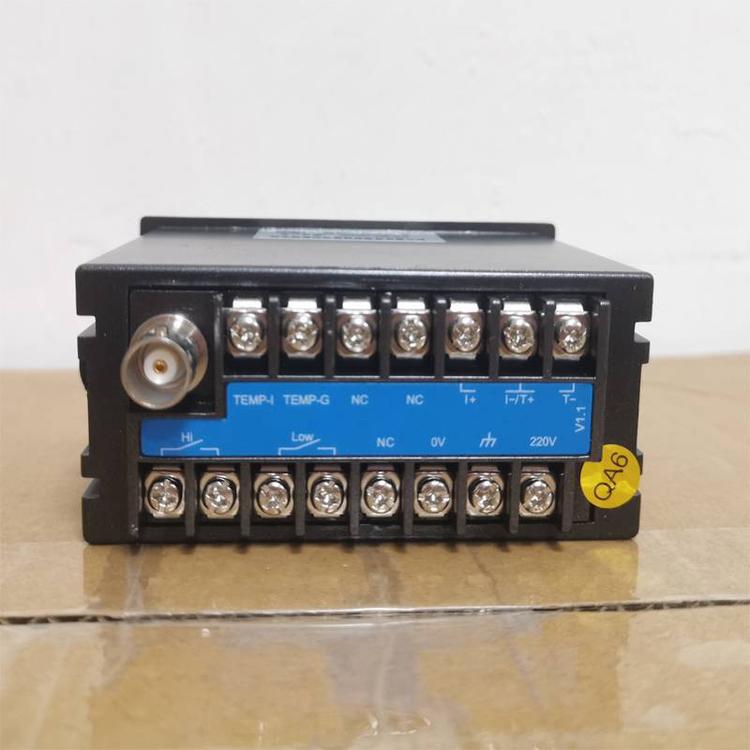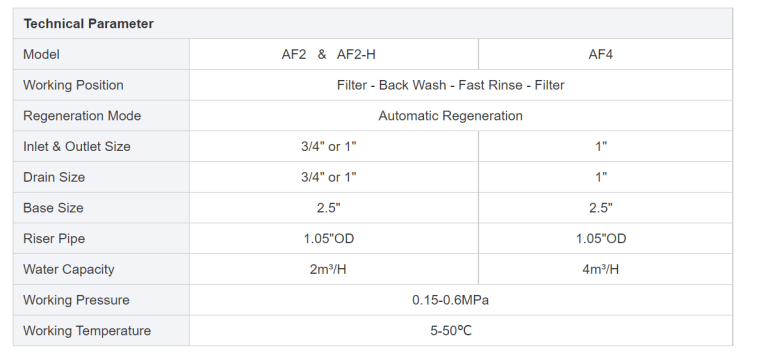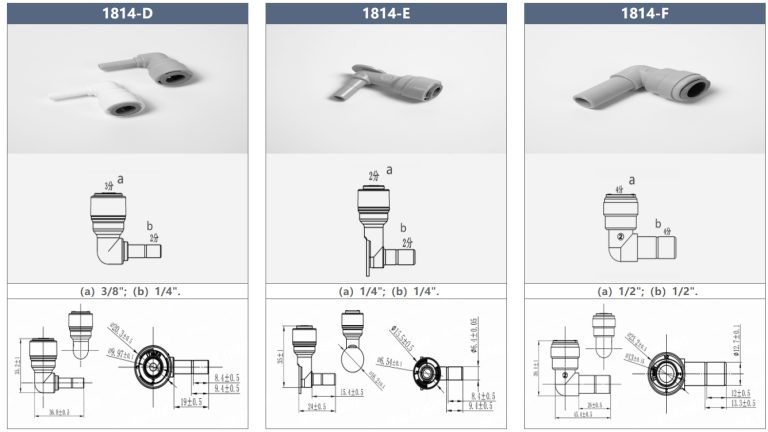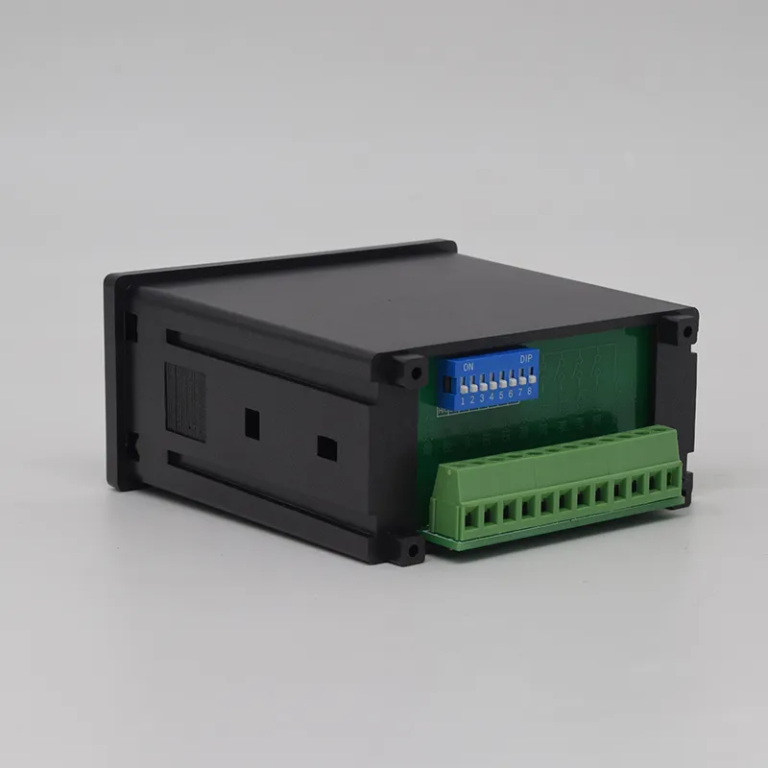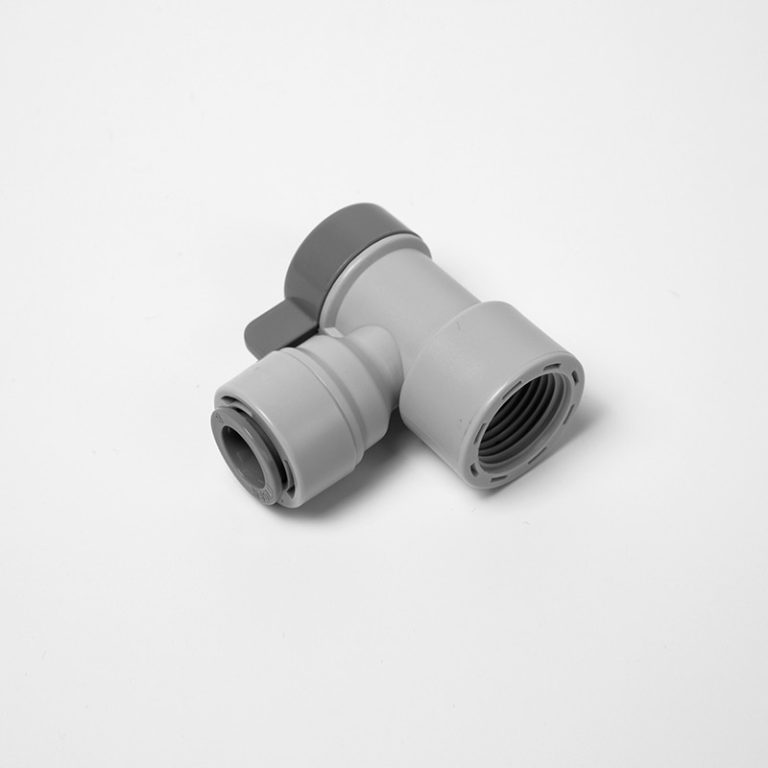Accurate flow measurement for optimal performance.
Understanding the Basics of flow meter Plausibility
Flow meter plausibility is a critical concept in the field of fluid dynamics and measurement. It refers to the accuracy and reliability of a flow meter in accurately measuring the flow rate of a fluid. In other words, flow meter plausibility is the degree to which the measured flow rate corresponds to the actual flow rate of the fluid passing through the meter.
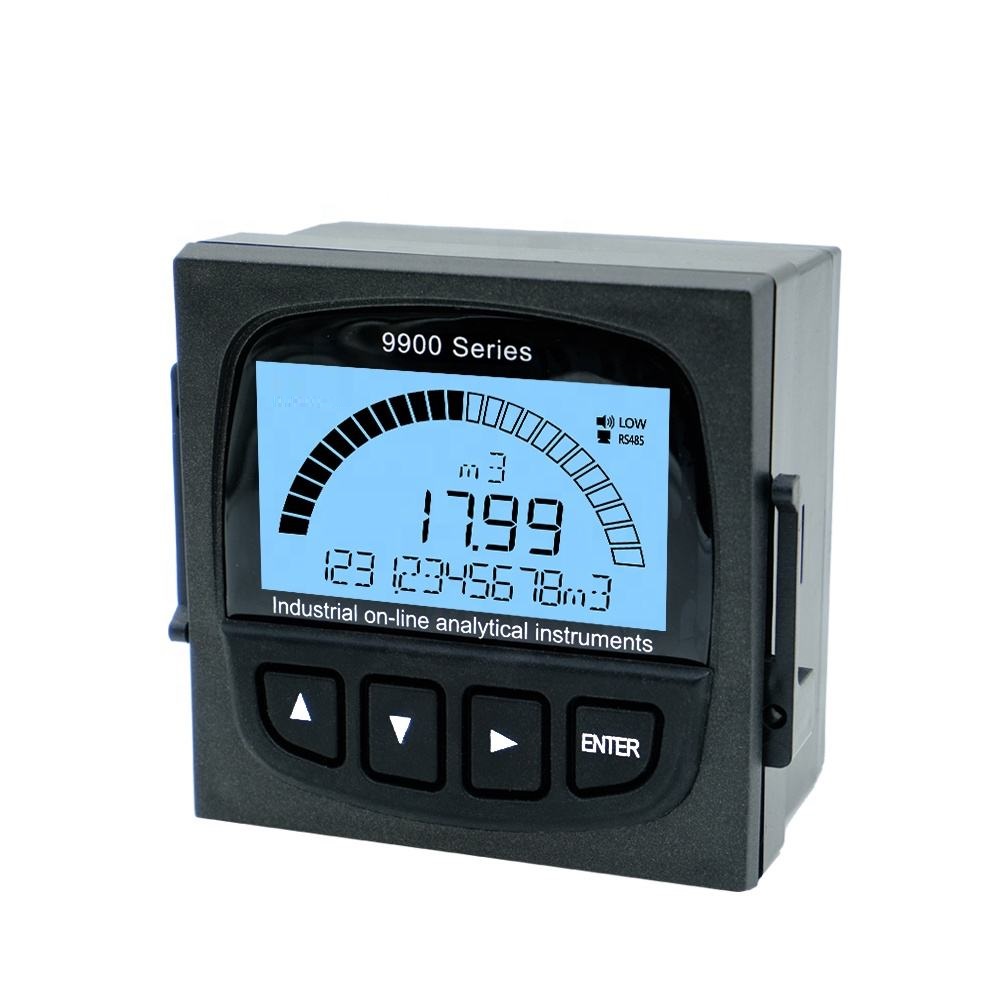
Flow meters are devices used to measure the flow rate of a fluid, such as water, gas, or oil, in a pipeline or system. They are essential in various industries, including manufacturing, chemical processing, and water treatment, where precise measurement of flow rates is crucial for process control and efficiency.
The plausibility of a flow meter is determined by its design, calibration, and installation. A well-designed flow meter with high accuracy and repeatability will provide more plausible measurements than a poorly designed or improperly calibrated meter. Additionally, the installation of the flow meter plays a significant role in its plausibility. Factors such as the orientation of the meter, the presence of obstructions or bends in the pipeline, and the condition of the fluid can affect the accuracy of the measurements.
There are several types of flow meters available, each with its own advantages and limitations. Common types of flow meters include differential pressure meters, electromagnetic meters, ultrasonic meters, and turbine meters. Each type of flow meter operates on different principles and is suitable for specific applications. For example, differential pressure meters are commonly used for measuring the flow of liquids, while electromagnetic meters are preferred for measuring the flow of conductive fluids.
To ensure the plausibility of a flow meter, it is essential to calibrate the meter regularly and verify its accuracy against a known standard. Calibration involves comparing the measurements of the flow meter with a reference standard to determine any deviations or errors. Regular calibration helps to maintain the accuracy and reliability of the flow meter over time.
In addition to calibration, proper maintenance and care of the flow meter are essential for ensuring its plausibility. Regular inspection of the meter for signs of wear or damage, cleaning of the meter components, and checking for leaks or blockages in the pipeline are all important steps in maintaining the accuracy of the flow meter.
Flow meter plausibility is crucial for ensuring the efficiency and effectiveness of industrial processes that rely on accurate flow rate measurements. Inaccurate flow measurements can lead to costly errors, inefficiencies, and safety hazards. By understanding the basics of flow meter plausibility and taking the necessary steps to maintain the accuracy of flow meters, industries can ensure the reliability and performance of their fluid measurement systems.
In conclusion, flow meter plausibility is a fundamental concept in fluid dynamics and measurement that plays a critical role in ensuring the accuracy and reliability of flow rate measurements. By choosing the right type of flow meter, calibrating it regularly, and maintaining it properly, industries can achieve accurate and consistent flow measurements that are essential for process control and efficiency.

